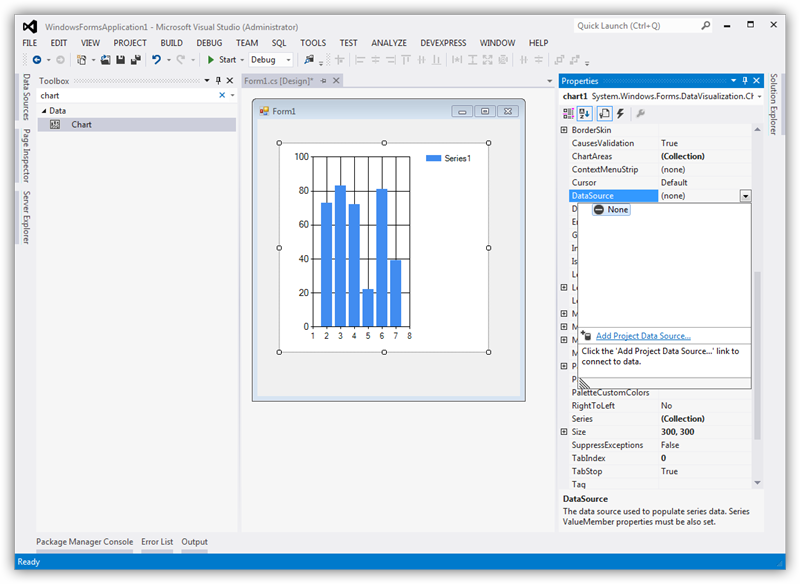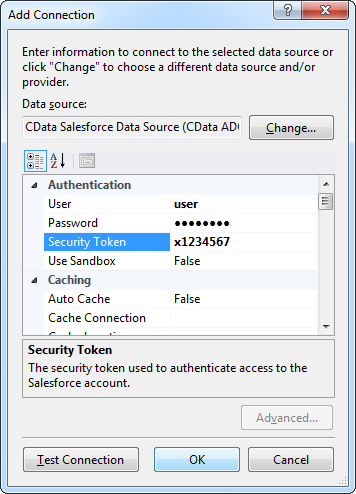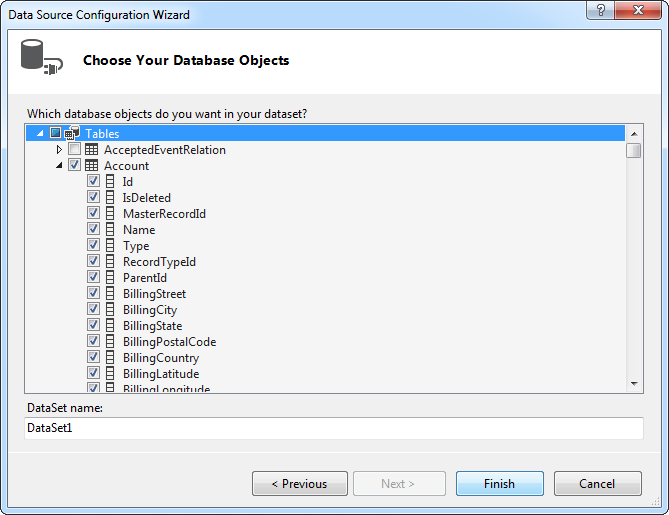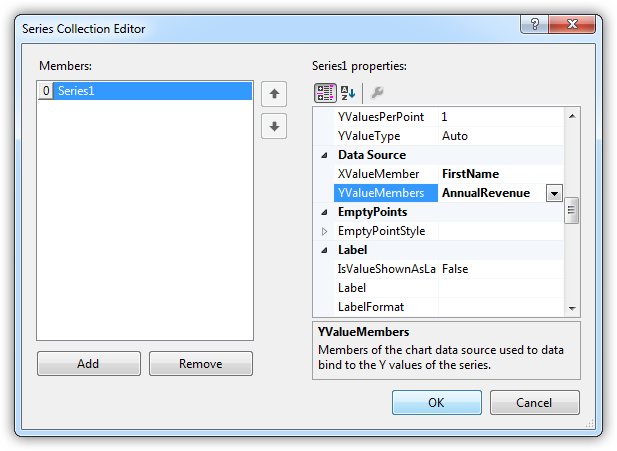ノーコードでクラウド上のデータとの連携を実現。
詳細はこちら →
CData

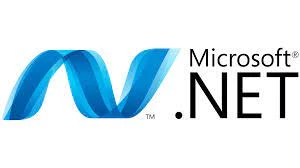
こんにちは!ウェブ担当の加藤です。マーケ関連のデータ分析や整備もやっています。
データバインドによって、UI コントロールからデータに接続できます。 CData ADO.NET Provider for ADP を使って、Visual Studio 上でWindows Forms およびWeb Forms とADP をデータバインドできます。この記事で、ADP を、ウィザードから変更をリアルタイムで反映するチャートにデータバインドする方法を説明します。 Code Walk-through セクションではチャートはほんの10行のコードで作成します。
データバインドは3つのステップから構成されます。コントロールのインスタンス作成、データソースの設定、最後にデータバインドです。
下の手続きにより、データソース構成ウィザードを使ってチャートコントロールとADP との接続を作成します。ウィザード上でデータバインドをするADP エンティティを使います。
データ接続の選択ダイアログで、「変更」をクリックして、CData ADP データソースを選択して、接続プロパティを入力します。下は代表的な接続文字列ですです。:
OAuthClientId=YourClientId;OAuthClientSecret=YourClientSecret;SSLClientCert='c:\cert.pfx';SSLClientCertPassword='admin@123'
接続を確立する前に、ADP に連絡してOAuth アプリとそれに関連するクレデンシャルを提供してもらう必要があります。 これらのクレデンシャルはADP からのみ取得が可能で、直接取得することはできません。
次のプロパティを指定してADP に接続します。
データソースの追加とデータベースオブジェクトを選択したら、チャートにオブジェクトをバインドします。この例では、X軸に AssociateOID をY軸に WorkerID を設定します。
チャートはこれでADP にデータバインドされました。チャートを実行して最新のデータを表示させましょう。
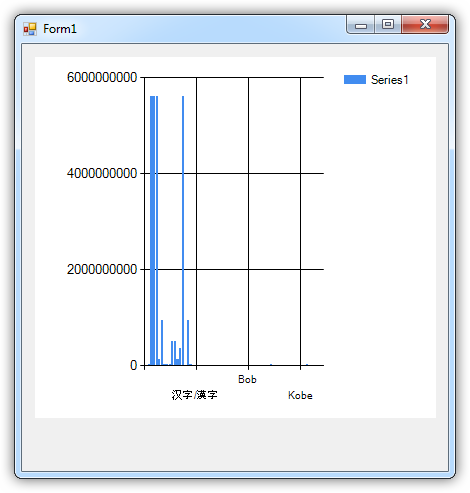
ADP へのデータバインドはほんの数行のコードのみが必要で、3つの簡単なステップで完了できます。
下に完全なコードを示します:
ADPConnection conn = new ADPConnection("OAuthClientId=YourClientId;OAuthClientSecret=YourClientSecret;SSLClientCert='c:\cert.pfx';SSLClientCertPassword='admin@123'");
ADPCommand comm = new ADPCommand("SELECT AssociateOID, WorkerID FROM Workers WHERE AssociateOID = 'G3349PZGBADQY8H8'", conn);
ADPDataAdapter da = new ADPDataAdapter(comm);
DataSet dataset = new DataSet();
da.Fill(dataset);
chart1.DataSource = dataset;
chart1.Series[0].XValueMember = "AssociateOID";
chart1.Series[0].YValueMembers = "WorkerID";
// Insert code for additional chart formatting here.
chart1.DataBind();
